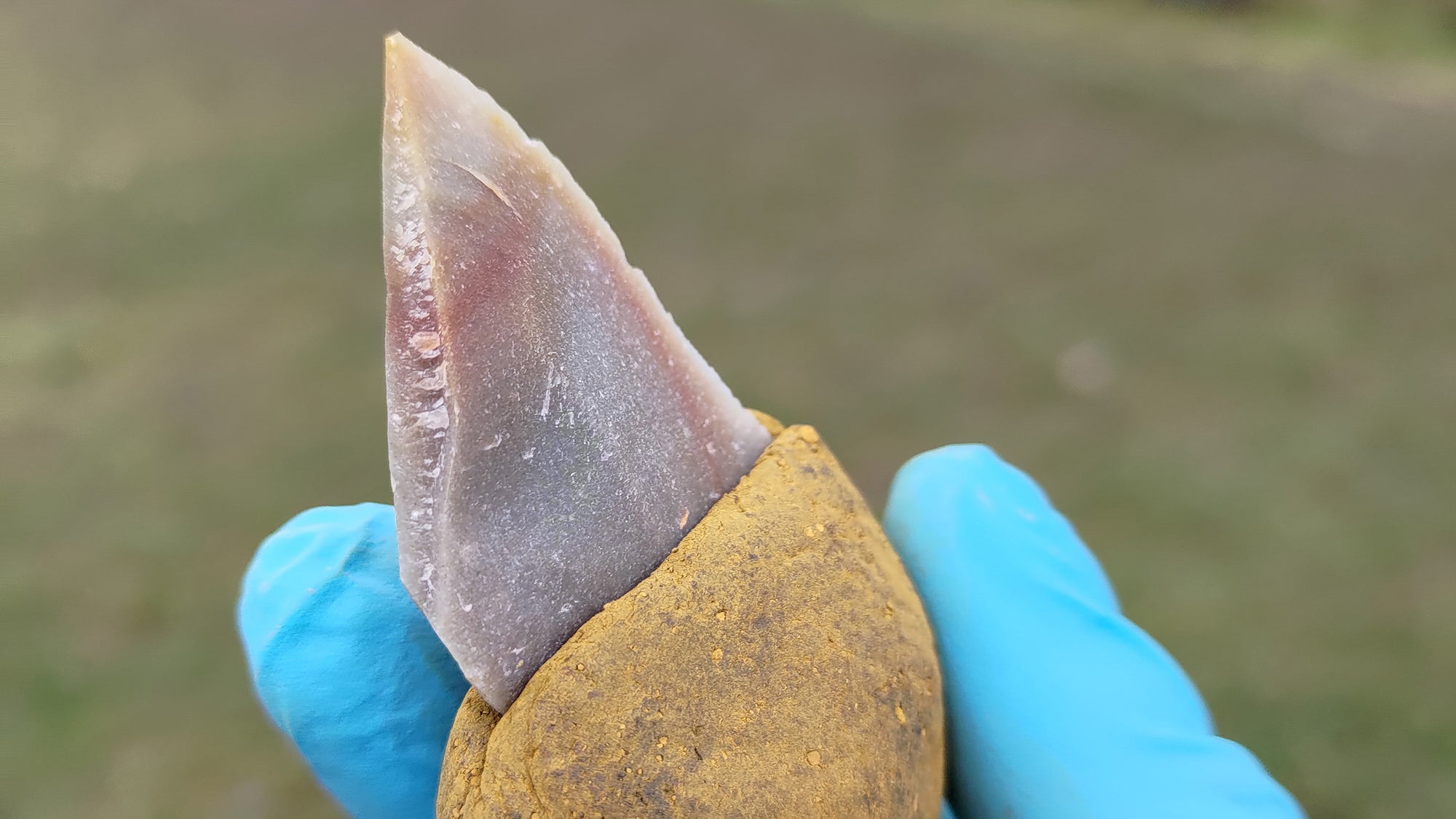An archaeological-marine survey of the Caesarea Antiquities Authority has uncovered a treasure trove of two ancient shipwrecks, containing hundreds of coins made of silver, gold and silver rings, ornate rare gems, an eagle figurine, bells , And ship parts . According to researchers at the Marine Archeology Unit at the Israel Antiquities Authority: “The findings tell the story of two ships that were wrecked, about their passengers, at different times, probably – while trying to anchor or find shelter from a storm”
Spectacular items wrecked from two ships that shattered off the coast of Caesarea in the Roman and Mamluk periods (before About 1700 years and about 600 years ago), were revealed in an underwater survey conducted by the Marine Archeology Unit of the Israel Antiquities Authority in recent months. The assemblies of the ship’s cargo and the remains of their fragments were found scattered in shallow water, at a depth of c. 4 m, over an area of several tens of meters. According to Yaakov Sharvit Dror Flanner, a researcher at the Marine Archeology Unit at the Israel Antiquities Authority , “It seems that the ships moored nearby, and a storm that occurred caused them to sink. It may have been moored out of distress or fear of a storm, , The naval treasure includes hundreds of silver coins (about 560 coins, of which about 160 are cut coins) from the Mamluk period and hundreds of silver and bronze coins from the Roman period, figurine (figurine) ) Bronze in the form of an eagle – a symbol of Roman rule, a figurine of a pantomime actor in a mask from the Roman comedy, many bells made of bronze designed, among other things, to ward off evil spirits, and pottery. In addition, many metal parts belonging to the body of a wooden ship were discovered, including dozens of large bronze nails, lead pipes belonging to a pond water pump, and a large anchor made of iron, which broke – indicating the great force that acted on it until it broke, apparently, in a storm. Rare personal items of people who were on them but did not survive were also wrecked from the ships. Among other things, a red gemstone was unveiled, intended for placement in a ring (gamma), on which he carved a musical instrument known by various names – the most prominent of which is the pound, and in the Jewish tradition – the violin of David. According to the book of Samuel 16:23, King David played to ask the king on the violin of David (and there was, when the Spirit of God was on Saul, and David took the violin and played it with his hand; It is accepted that the same violin mentioned in the Bible is, in fact, the pound instrument, known in Greek mythology as the “pound of Apollo”. According to this story, Hermes built the musical instrument – the pound, from a tortoise shell, on the morning he was born. In exchange for this instrument, Apollo, who was a music lover, agreed to make Hermes and his mother gods. Item Another important is a thick gold ring, shaped in the shape of an octagon and set with a green gemstone, on which was carved the figure of a young boy, a “shepherd” wearing a tunic, and on his shoulders carried a ram or a sheep. This image, of the ‘good shepherd’, is recognized in early Christian art as a symbol of Jesus; This is a parable of Jesus as the compassionate shepherd of men, or as one who spreads patronage over man or his congregation of believers. Interestingly, the unique gold ring, bearing the figure of the good shepherd , was unveiled in close proximity to the city of Caesarea, which is known for its great significance in the Christian tradition. One of the earliest Christian centers was formed in Caesarea, where one of the first Christian communities operated. At first, this community included only Jews. According to the New Testament, in Caesarea the apostle Peter baptized the Roman centurion Cornelius. “This is the first case in which a non-Jewish person has been brought under the wings of Christianity,” says Sharvit. “Here, the Christian religion began its journey around the world.” It is estimated that the owner of the ring that was exposed was one of the first Christians. According to Eli Escozido, director of the Israel Antiquities Authority , Rich in antiquities and finds, which are of great importance as national and international heritage cultural assets, these are exposed to dangers, so the Antiquities Authority conducts underwater surveys, locating, monitoring and rescuing antiquities. “Open and sailing, during which antiquities are discovered from time to time. We turn to divers and ask – if you come across antiquities, take a location in the sea, leave the finds in the water and report them to us immediately.
Note: This article has been indexed to our site. We do not claim legitimacy, ownership or copyright of any of the content above. To see the article at original source Click Here














